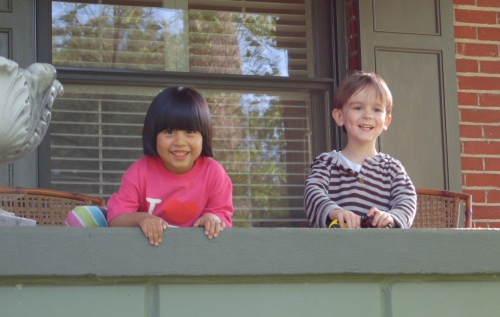I used to rather smugly consider myself something of a historian. I did, after all, spend five years in graduate school studying the languages and cultures of the Ancient Levant and Mesopotamia. Read enough about historiography, translate enough cuneiform, and spend a couple of seasons in the field, and you start to feel like you just might know something.
So you can perhaps imagine the degree of comeuppance delivered to me in the last several days when I slew some familial sacred cows by going directly to the most obvious primary source material available: the cemetery.
It all began with a phone call from a cousin of mine in California. His father (my Bubbie’s brother) died in Michigan last spring. He and his mother are ordering the headstone, and he wondered if I could I please go to the cemetery, take pictures of family stones, and email them to him. He and my great-aunt want to make sure they get the text right and follow family custom as much as local rules and personal preferences allow.
So now let me begin by listing some salient information about my family’s names handed down to me as Truth via oral history.
- My maternal grandfather, Lester M. Wolfson, had no Hebrew name. Following the custom of the time, he had only a Yiddish name, Laser.
- Further, the “M” in Lester M. Wolfson stood for nothing. The family saw other Americans have middle initials, and so they gave him one without ever assigning a proper middle name to it.
- Lester M. Wolfson’s father was Simon Wolfson. His headstone reads “Simon W. Wolfson”, but no one knows what the “W” is for.
- Lester’s mother was “Bessie” a popular name of the time randomly assigned to her and having nothing to do with her Yiddish name, Peshe. She also had no Hebrew name.
- My paternal grandfather, Aaron Goldstein, had his name changed to “Harry” when he arrived at Ellis Island by a clerk who could not make out his thick accent.
- My paternal grandmother’s people, the Cerfs, had a very common French name that is not particularly associated with Jews.
How many of these truths do you think held up to a careful examination of headstones and subsequent hour or two of basic research? If you answered 0 (zero!), you are correct. Let’s start the show after the page break, as this may rightly be considered a tangent.

